Let there be light! It’s no secret that plants need sunlight for photosynthesis, which isn’t always evident when growing indoors. With cooler months ahead in many parts of the world, we are turning our plant-loving energy to grow rooms, windowsills, and countertops. Room illumination is critical to the success of a plant, whether it be edible or ornamental. As we transition from the great outdoors to the inside of our homes, offer your plants the best with our 5 Cool Ways To Light Up Your Indoor Growing Space.
Choose Windows Wisely
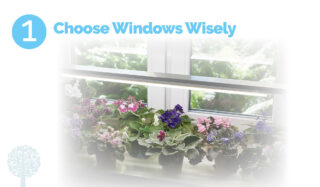
If you’re fortunate enough to have many windows in your home, select your growing space wisely. Avoid placing plants in windows with large trees or shrubs blocking sunlight from entering. Lisa Eldred Steinkopf, author of Grow In The Dark: How To Choose and Care for Low-Light Houseplants, recommends keeping the direction the window faces in mind as well. Many plants love east windows because they get soft, cool light first thing in the morning. She says African violets, ferns, and begonias will love an east-facing placement. West windows offer high heat levels, so cacti, succulents, and snake plants will thrive there. South-facing windows get the most sun throughout the day, so placing plants with high light needs in front of them is best. North windows are always deprived of direct sunlight, so find another option or offer supplemental lighting if it’s your only window. Don’t forget about skylights! Eldred Steinkopf refers to them as the fifth exposure and says they’re great for growing a wide variety of heat and light-loving plants.
Cleaning Windows
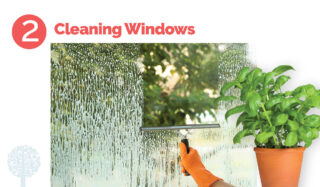
We hate to add more chores to your list, but window cleaning is essential to anyone who loves houseplants or countertop gardens (and a tidy home). Between smog, dirt, rain, your kid’s fingerprints, and the dog’s wet nose, a lot of nastiness builds up on window glass, reducing the light that shines into the house. The fall is an excellent time to give your windows a thorough cleaning, inside and out, especially if moving outdoor plants inside. They’ll need all the light they can get! While at it, wash your screens of all the dust and pollen they’ve collected over the summer. Eldred Steinkopf recommends removing screens in the fall and storing them somewhere throughout the winter. She says screens can block light coming into a home by 30%, even when clean! After you’ve finished cleaning your windows, wipe your plants down too. The dust and pet hair that settles on their leaves means light can’t efficiently reach their cells.
Mirror, Mirror on the Wall
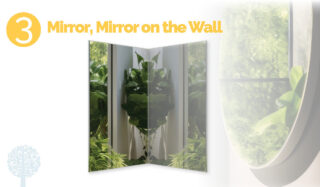
Do you want to admire yourself and make your space feel larger while illuminating your plants (three for one!)? Hang some mirrors! Many of us underestimate how much light mirrors can add to a room. Placing them across from windows allows houseplants or countertop kitchen gardens to feel warmth and access light from every direction, which helps them avoid phototropism. Plants suffering from phototropism lean directly toward the light source, frequently a window. Adding mirrors to the wall space around them will help them grow symmetrically. While we’re on the subject of walls, we’re not a decor magazine, but lighter paint colors have better reflective qualities and can help illuminate your growing space too.
Reflectors
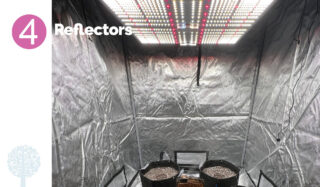
Like hanging mirrors to help reflect light onto your plants, you can also purchase reflectors for your indoor growing needs. Easy to find and affordable, reflectors redirect the light from your source, bouncing it back toward the plants in your space. The result is more intense and concentrated lighting. Reflectors are ideal if you’re growing high-value plant varieties that need a lot of light and warmth, like orchids, tomatoes, or eggplants. Better yet, if needed, you can position the reflectors to concentrate the light on only one or two plants. They work especially well in grow tents and dedicated grow rooms.
LEDs for the Win
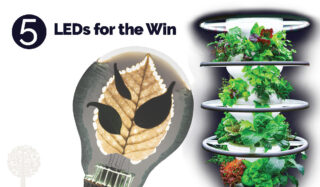
If you want to boost your indoor growing game, invest in good-quality LEDs for your space. LED lighting is a top seller in many grow shops because they’re energy-efficient and produce little heat, so they can be placed very close to the plant canopy. They deliver PAR directly to plants and have excellent PPF and PPFD levels. With their long lifespan and the fact that they’re easy to customize according to your plant’s needs, LED lighting is a must for serious growers looking for excellent yields from their indoor garden. Of course, LEDs may not be the best decor choice for your living room. If you have plants with lower lighting needs, placing them under a simple table lamp might give them all the illumination they need to thrive and brighten the room.